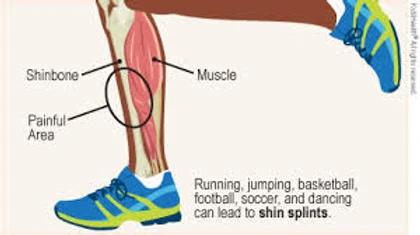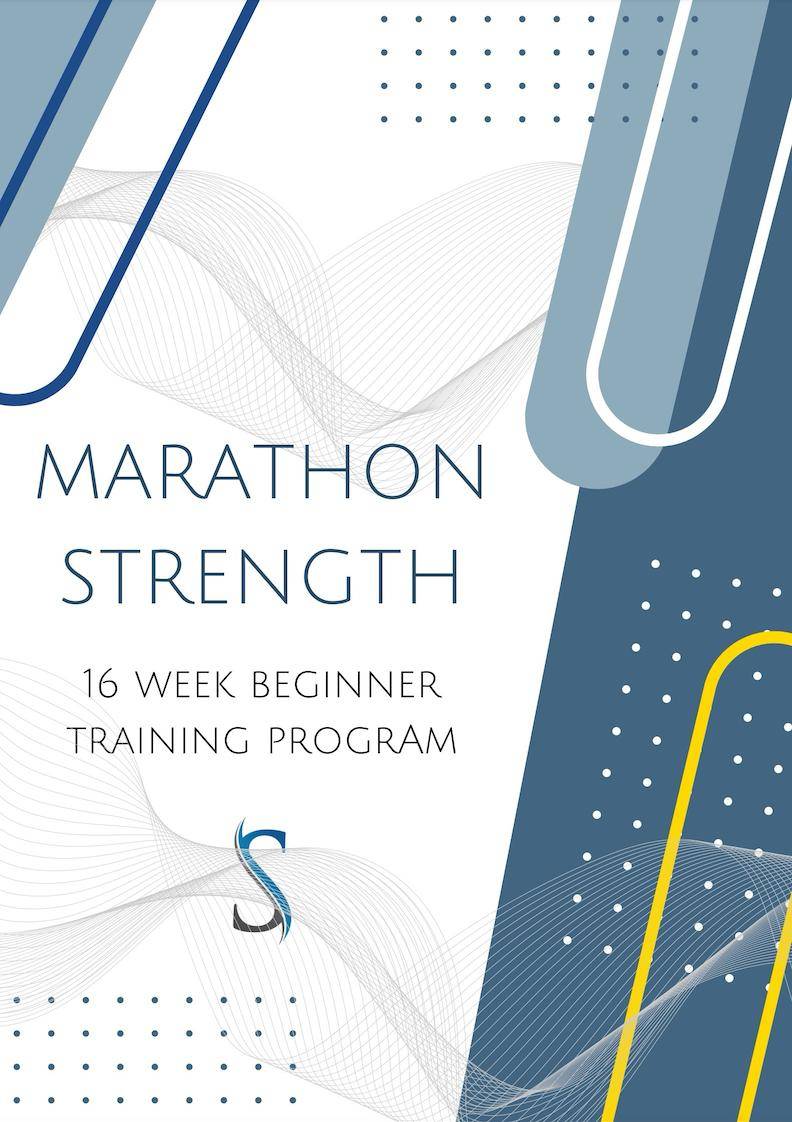
What are shin splints, and how do I deal with them?
Shin splints. You know, that dull, achy soreness over the inside part of your shin that is worse when you pull your toes toward your nose, but generally goes away if you’re not exercising (though you may notice it a bit when you’re just walking around). The bane of many a new runner.
People often experience shin soreness when they increase or change up their training routines. I got them when I got a puppy who thinks she’s a sled dog. The muscle aching is the result of the new load on the tibia (the shin bone) where connective tissues attach the muscle to the bone.
If you’re lucky enough to have avoided shin splints so far, pat yourself on the back. If you’re not in that category, read on.
Shin splits, like many muscle aches can usually be managed with rest, ice and OTC pain relievers. That said, neither rest, nor ice nor pain meds are my speed. Who has time to rest? Ice is cold and taking meds for an exercise related ache doesn’t sit well with me. Let’s talk easy self-treatment strategies.
Stretch them out!
Sit on your heels on the floor with your toes behind you – you may feel a stretch right over that sore area on your shins. If it’s almost there, but you can tolerate a little more, rock back a little, really getting into that toe point. This probably feels like a super intense stretch, but sit with it for a little bit. 30, 60 seconds, maybe more. You should feel the tightness get a little better.
To prevent them in the future, be sure that you’re doing plenty of cross training (think core and hip strengthening) and taking it easy with increasing your training program. Foot wear and foot strength make a difference, if you have flat feet, you might want to consider some inserts, or better yet, start some toe yoga. Seriously. The tiny little muscles in our feet get so used to being supported by stabilizing shoes and insoles and they have a much bigger role in running, walking and balance than many people give them credit for.
Arch raises, big toe extension, lesser toe extension and big toe abduction are all things you can work on while you’re sitting at your desk.
Additionally, you want to strengthen the muscles around your ankle – heel walking and toe walking with your knees both straight and slightly bent are a good place to start. Get your hands on a resistance band for some 4-way ankle work, but your focus should be on the eccentric strengthening of your tibialis anterior – hang in there with me. You’ll have your foot in a loop, with the band anchored away from you. Pull your toes up toward your nose against the resistance, and then, slowly control your foot back to the starting point. Think a 1 up, 3 down count. (See video for more clarification.) In addition, stretch your calves and do some heel walking.
If your pain doesn’t go away with everything that we’ve talked about here, or if you have your pain as soon as you get on your feet that feels really point specific, it’s going to be time to get it checked out – you sure don’t want to mess around with stress fractures!


